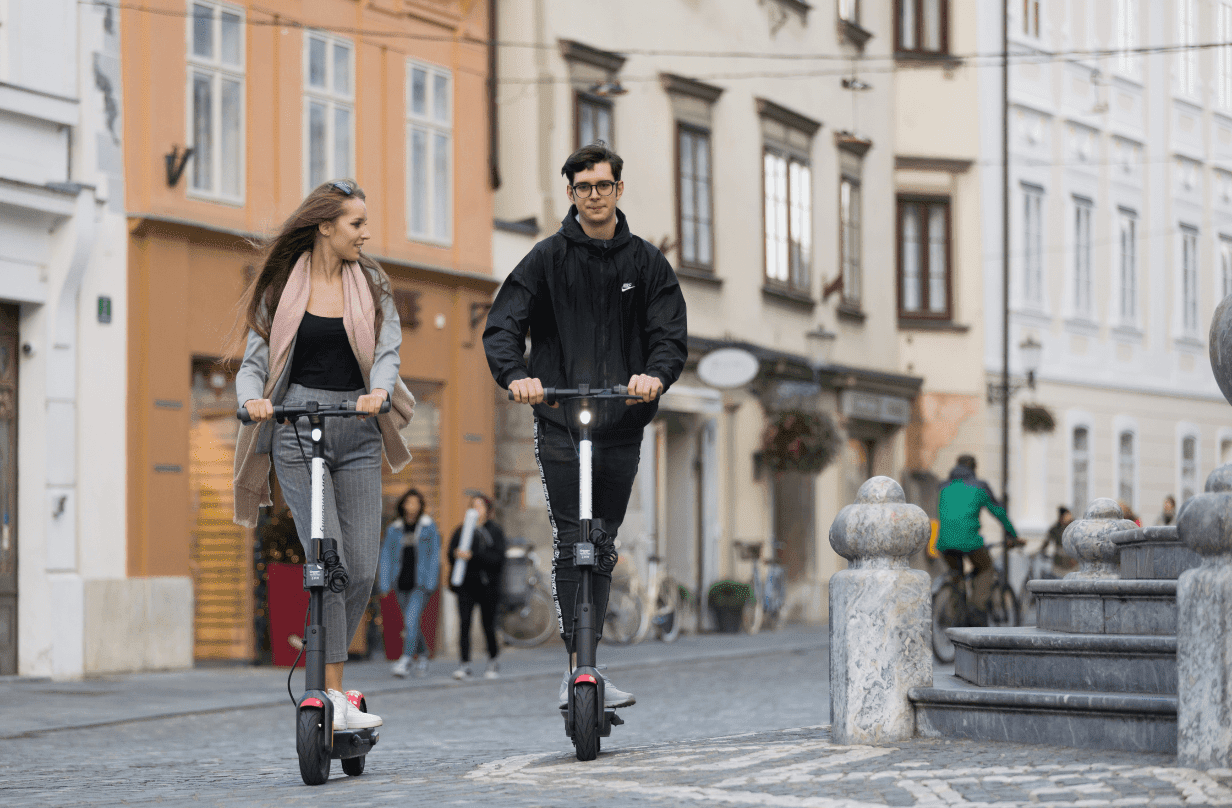There’s a dangerous plague on the streets of our world’s greatest cities. Plowing down pedestrians at alarming rates and infuriating drivers with their ambiguous vehicular classifications, e-scooters are a stain on the travel world.
At least, that’s what e-scooter detractors will tell you. But are the controversial city rollers as big a problem as they’re made out to be?
Rolling Deathtraps
The rise of e-scooters has been mired with controversy. Touted as an eco-friendly and convenient way to zip around urban sprawls, reports have piled in from across the globe of careless riders cutting off traffic, darting down sidewalks, and, in the more troubling stories, causing injury and death.
Paris has mulled the idea of banning the scooters after 20 deaths were attributed to their use throughout 2021. After spending a month there this year, I can attest to the volume of riders that carelessly ride on the sidewalk and cut across roads. I learned most of my French swear words from Uber drivers cursing them.
Not so fast: The upside may be more beneficial than we think
While restrictions are building against e-scooters, cities must prepare for the immediate side effects. A recent study in Atlanta found that the city’s partial ban saw commuting times increase by as much as 11%. Estimates across the country could see that figure rise to 17% in some areas and as high as a 36% increase when major events occur.
Context matters
Using Paris as a baseline city, it has to be noted that cyclists also incur the wrath of the city’s drivers. They often cycle through red lights despite being classified as vehicles when on the road, yet no rules are being formulated to stem bikes – quite the opposite, in fact.
Maybe the answer lies in enforcing the rules the scooters are supposed to follow instead of banning them altogether.









 by your friends at The Daily Navigator
by your friends at The Daily Navigator



